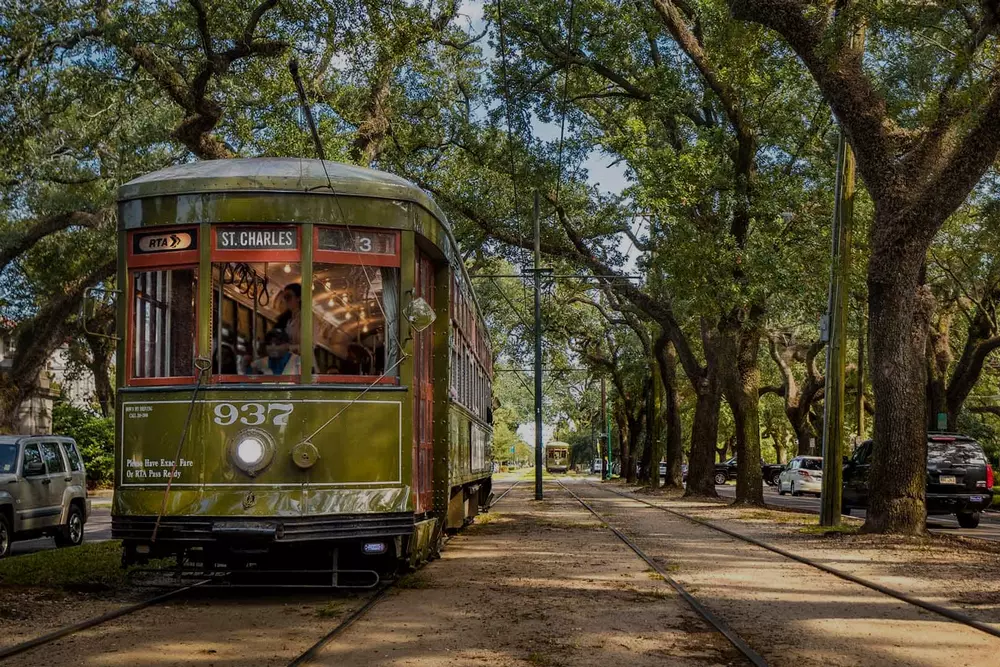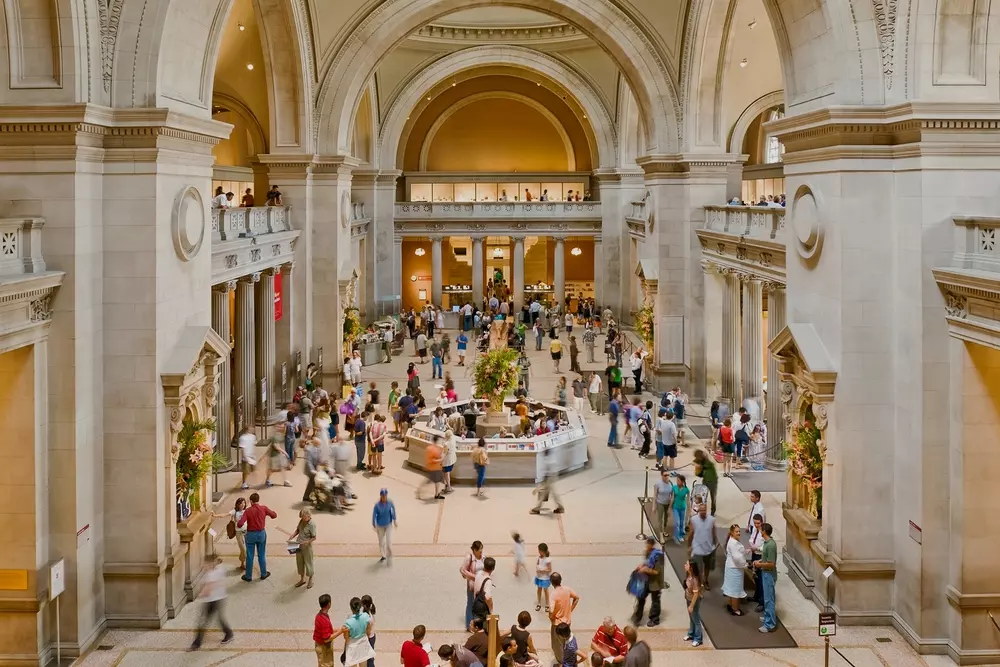St. Louis Cemetery, the oldest cemetery in New Orleans, was established in 1789 as the city's growing population outgrew the previous burial ground. This complex comprises three separate cemeteries.
A distinctive feature of St. Louis Cemetery is that the burials are not underground but above ground. Why is this so? Allow us to explain.
History of New Orleans' Oldest Cemetery
Situated on the far edge of the French Quarter, St. Louis Cemetery remains the most visited burial site in all of New Orleans to this day. From 1725 to the 1780s, the cemetery on St. Peter Street accommodated numerous residents in its grounds. Eventually, space became scarce due to:
- Population growth;
- The rampant spread of deadly diseases.
A solution was needed for burials as land conservation became crucial. Fertile land was precious to the inhabitants, as the French Quarter was akin to an island surrounded by swamps. Above-ground tombs emerged as the solution. Initially, the tombs were scattered haphazardly, making the cemetery resemble a complex labyrinth. Later, the deceased began to be segregated based on religion and race.
The new cemetery faced similar challenges as the past one — a growing population and a shortage of space. An unexpected problem also arose: the cemetery's expansion brought it close to the red-light district. Few wanted to bury their relatives near such a place. To revitalize the area, the city's mayor took action. Led by the Archbishop of New Orleans and with the help of non-profit organizations, St. Louis Cemetery transformed into a tourist haven.
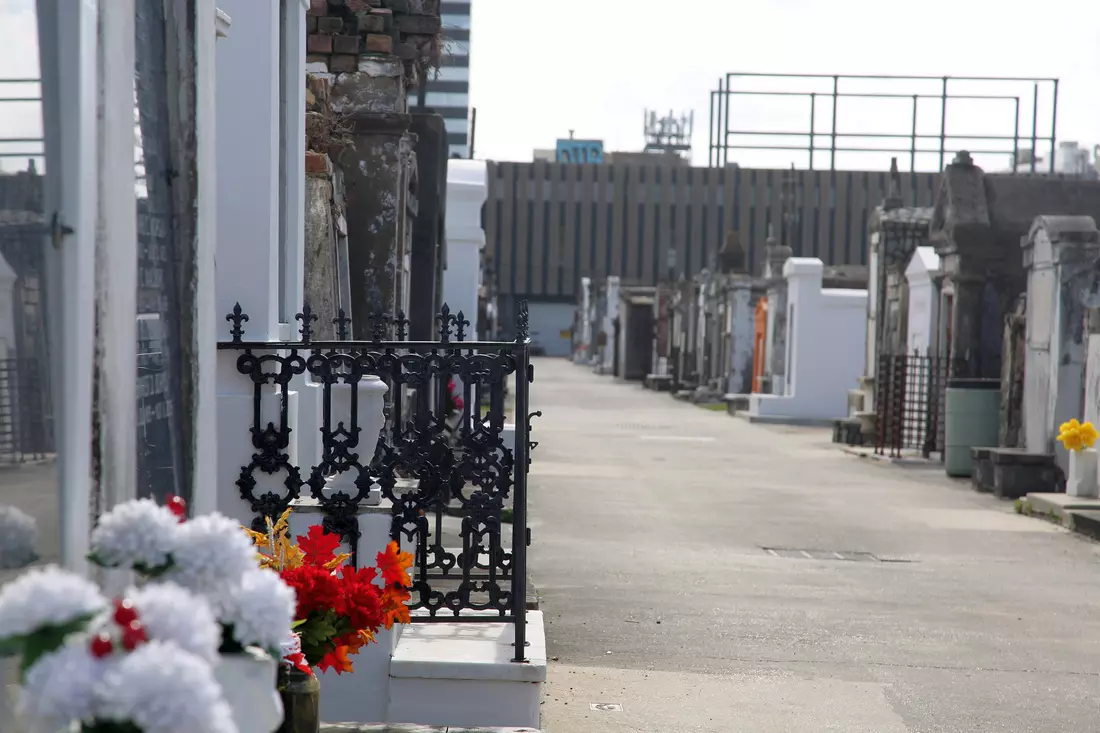
Who is buried here
For centuries, St. Louis Cemetery in New Orleans has been the final resting place for thousands of its inhabitants, ranging from ordinary individuals to the famous and somewhat eccentric. This cemetery has welcomed everyone within its embrace.
Here are just a few of the notable characters from New Orleans you'll encounter on a tour of the cemetery.
Marie Laveau
The Infamous Voodoo Queen. Known as a woman who solved the problems of residents with voodoo magic.
Originally, voodoo is an African religion practiced in Saint-Domingue (now Haiti). It was brought to the United States by refugees during the revolution in the early 1800s, as well as by slaves. White slave owners did not interfere with this practice. Over time, they themselves began to seek the help of sorcerers, which contributed to the spread of voodoo throughout the country.
Marie Laveau was born in 1801 in New Orleans when voodooism was gaining popularity. Laveau mastered not just the art of voodoo but also combined it with Catholicism. This led to the creation of Louisiana voodoo, which is still alive today. Legends and rumors surrounded Marie Laveau for centuries. Throughout the nineteenth century, her ability to communicate with the spirit world was feared and revered by all social classes. The Voodoo Queen officially married only once, but later entered into a common-law marriage with Christophe de Glapion, with whom she had fifteen children.
By the time of Laveau's death in 1881, the residents of New Orleans were convinced of her immortality. Some even claimed that they saw her walking the streets of the French Quarter the day after her funeral. And you know what? It's partly true. The fact is that one of Laveau's daughters, Marie II, willingly impersonated her mother for much of her life.

Bernard de Marigny
Bernard Marigny, a noisy and ambitious nobleman, played a significant role in the development of the Faubourg Marigny area east of the French Quarter. From a young age, he was passionate about gambling and often found himself in trouble. His father, hoping for reform, sent him to England. However, instead of changing his ways as his father wished, Bernard continued to gamble.
At the age of 15, Bernard inherited a fortune upon his father's death and... squandered his wealth. However, his expenditures included contributions to noble causes. Marigny played a pivotal role in preserving the French language in government and school systems after the Louisiana Purchase in 1803. He was involved in drafting the first Constitution of the state after it achieved statehood in 1812. He also supported the rights of illegitimate children.
Today, Faubourg Marigny, located adjacent to the French Quarter, is a quirky neighborhood characterized by brightly colored houses. Its distinctive appearance is preserved to this day, partly because Bernard divided his plantation and sold parts to French Creoles. This act of Bernard Marigny contributed significantly to the unique charm and character of Faubourg Marigny as it stands today.
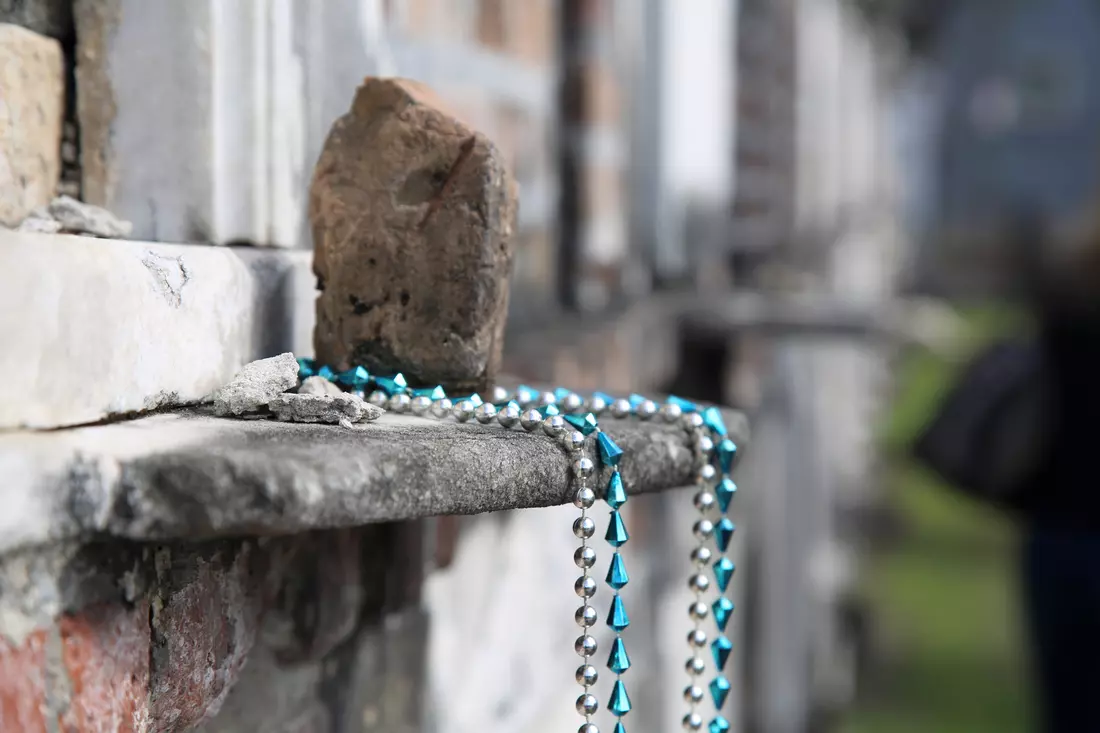
Just because Bernard divided his plantation and sold part of it to the French Creoles, the colorful face of Faubourg Marigny has survived to this day.
Delphine LaLaurie
In 1834, on a quiet April evening, a fire broke out in the mansion of Madame LaLaurie. Neighbors raised the alarm, but the mistress refused to hand over the keys. Eventually, they broke down the door and rushed in to save the servants. What they found inside was horrifying even to the most seasoned onlookers. Dying slaves lay on the floor, suffering not from smoke or fire, but from being chained to the floor and brutally mutilated, some to the point of emaciation. It was later revealed that the fire had been started by several slaves who had been subjected to Madame LaLaurie's cruel experiments.
The news of the sadistic mistress quickly spread throughout the country. It emerged that Delphine's contempt for common people was ingrained from birth; her father was killed during a revolt in a colony. Since then, she harbored resentment towards slaves. When the news of LaLaurie's atrocities spread, the local community was enraged. They stormed the mansion and destroyed everything. LaLaurie escaped the mob's wrath, but death caught up with her later.
Delphine fled from the lynching. She took a carriage to the wharf and boarded a ship. From there, her story becomes shrouded in mystery: some accounts suggest she died from a wild boar attack during a hunt, others say she died of old age in Paris, and yet others believe she lived out her days under an assumed identity in Louisiana.
The most commonly accepted version is the last one. The remains of the cruel slave owner were buried in St. Louis Cemetery in New Orleans. It is said that her ghost still roams among the graves to this day.

Tours of St. Louis Cemetery
The haunting and eerie beauty of the cemetery makes it one of the leading tourist attractions in New Orleans, drawing thousands of visitors each year. It's a popular destination for guided tours, where guides share stories about the cemetery's history, the famous personalities interred there, and local legends. These tours offer a unique opportunity to learn about New Orleans' rich historical past and its distinctive culture.
The cemetery is renowned for its whimsical and sometimes eccentric tombs, which reflect the unique cultural and historical context of the city. Strolling through the cemetery, visitors can see numerous intricately crafted sculptures, angels, saints, and other symbols, each with its own story to tell.
Since 2015, the Archdiocese of New Orleans has restricted access to the cemetery to guided tours only. This measure aims to reduce vandalism that has plagued the cemetery for decades since it became popular in films.
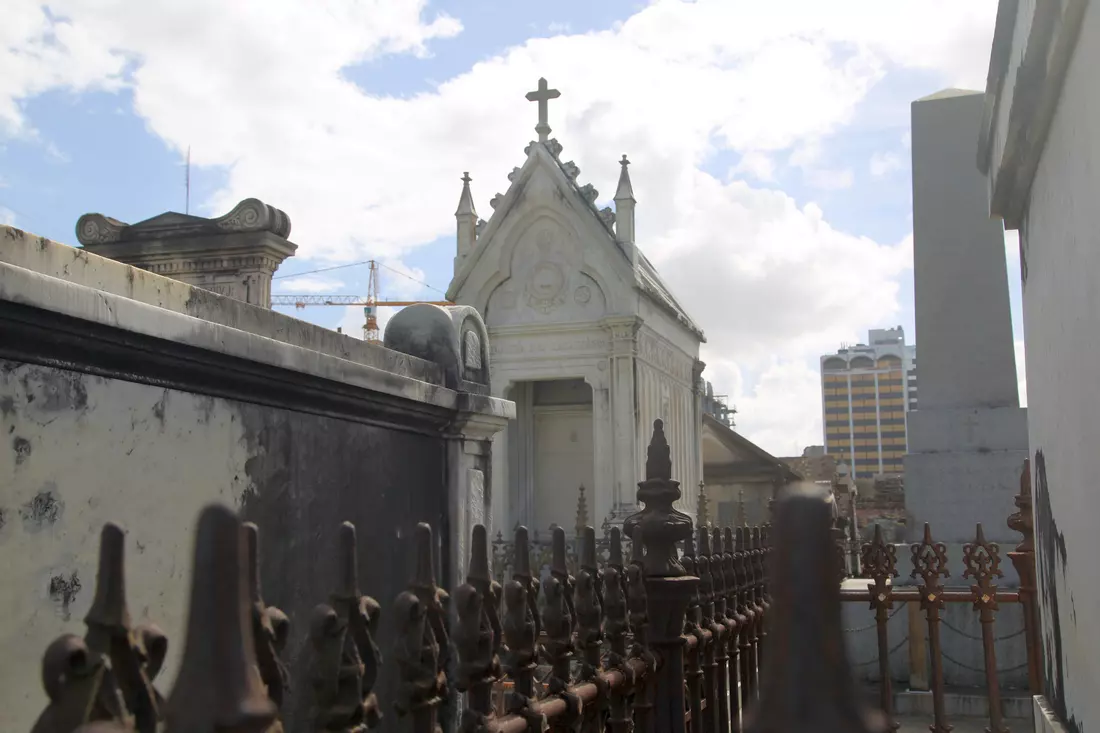
Visiting this cemetery is an immersion into the depths of time, where every stone and tombstone tells its unique story. It is a place where the past meets the present, where mystique is intertwined with history, and where each step along these quiet alleys invites reflection on life, death, and eternity.
A journey through St. Louis Cemetery with American Butler promises to be not only informative but also an unforgettable experience, allowing a deeper insight into the spirit of New Orleans and a fresh perspective on its unique heritage. It offers an opportunity to see the city from a different angle and to feel its incomparable atmosphere.























